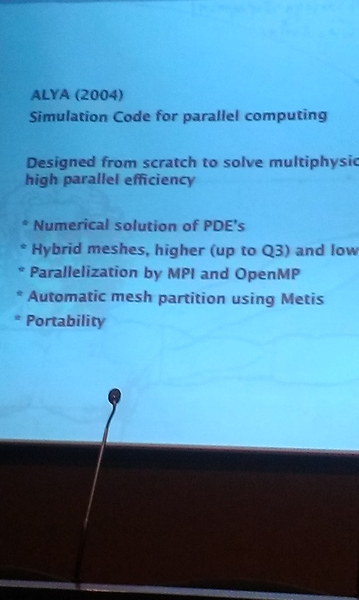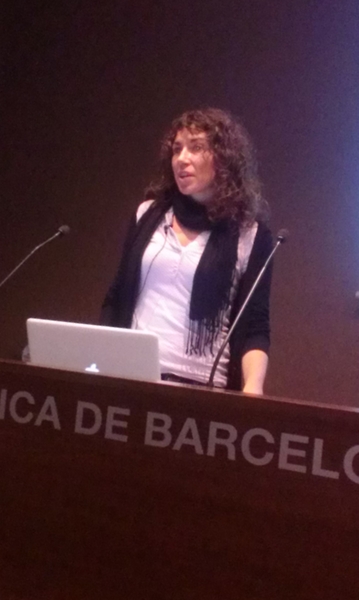Title: Analysis of Mechanical Parameters Using End-Diastolic Measurements
The Presentation can be viewed here.
Abstract:
Cardiac m odelling is a powerful tool for a comprehensive understanding of cardiac function. Since the late nineteenth
odelling is a powerful tool for a comprehensive understanding of cardiac function. Since the late nineteenth
century, many models have been proposed to describe and predict mechanical function of the heart. Mathematical models provide a quantitative description of the mechanical activity of the myocardium and they can help to interpret experimental data or cardiac mechanisms. The creation of a finite element model of the heart based on cardiac data obtained from images, using the most recent advances in this field, is useful to validate theories or predict clinical results. For example, they can be a platform to test new techniques, such as drug interactions for arrhythmia. Since cardiac biomechanics requires the definition of myocardial parameters in the simulation, data assimilation is often employed to characterise electromechanical properties of the heart, which most of the times are not accessible through clinical technology directly. Then, measurements can be combined with the mathematical model to predict the evolution of the system. With this purpose, data assimilation is a useful tool to estimate the state variables, parameters or initial conditions of the model. Then, material values in the nonlinear cardiac mechanics model, such as myocardial stiffness, can be determined with data assimilation. This work will give the cardiac simulator a method to optimize the mechanical parameters and fit the model to real cases.
Bio
Ruth Arís was born in Barcelona. He holds an MSc in Physics from Universitat de Barcelona. She has worked as associate professor at Universitat de Barcelona and Universitat Politècnica de Catalunya.
Since 2007, Ruth Arís is working at the Computer Applications in Science and Engineering (CASE) Department of the Barcelona Supercomputing Center (BSC). She is PhD student, developing a Large Scale Computational Model in the Ventricular Myocardium at the High Performance Computational Mechanics Group (HPCM). The Cardiac Computational Mechanics tool involves Physical modelling, Mathematical algorithms, code development and optimization, all adapted to run efficiently in large-scale parallel computers. Alya System is the in-house HPCM tool. His main lines are on Computational Mechanics and HPC, with a strong focus in Biomechanics. In particular, the computational aspects of Cardiac Computational Modelling, which are partially financed by the Severo Ochoa Program.
Recently, Ruth Arís was holding a Training and Mobility Fellow of the Severo Ochoa Program at BSC. The hosting organization of the outgoing mobility grant was the Biomedical Engineering Department at King's College, London (KCL).
